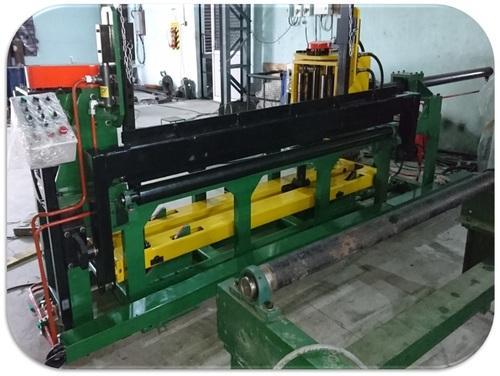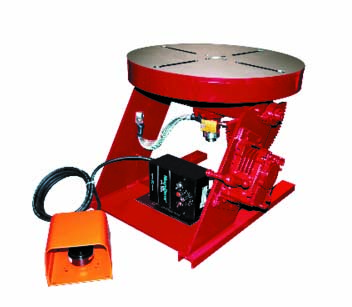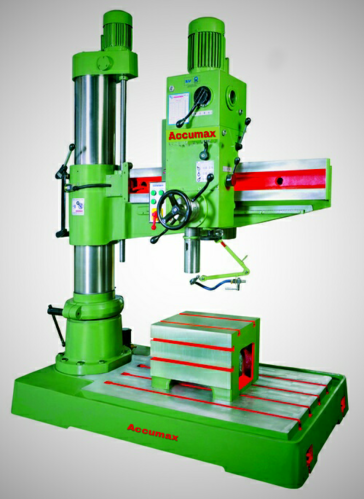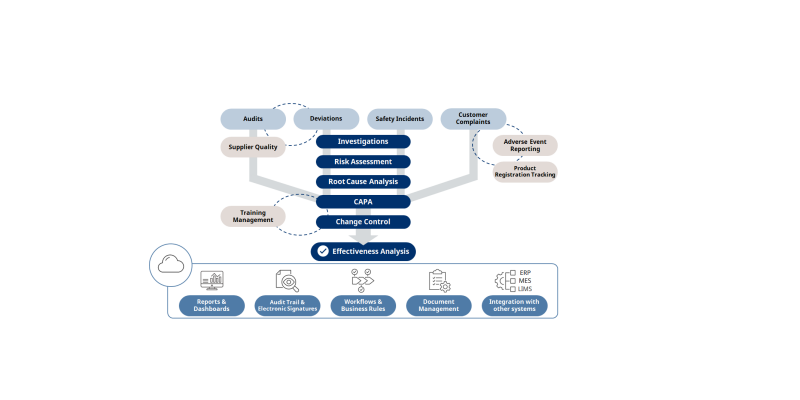Schedule a Call Back
What are the biggest trends impacting pipelines and welding?
 Articles
Articles- Feb 23,23

Related Stories

Alpex Solar’s Q3 profit surges 423%, expands manufacturing capacity
Alpex Solar also plans an additional 1.2 GW module manufacturing plant and an aluminum frame production facility, both slated to begin operations by December 2025.
Read more
Elektrolites will be unveiling smart grid solutions in 2025: Anil Saboo
In this interaction, Anil Saboo, CMD, Elektrolites Power Pvt Ltd, explains the trends in the industry and the company's plans for ELECRAMA 2025.
Read more
Budget 2025 Charges the Way
The budget emphasises clean technology production, focusing on solar PV cells, EV batteries, motors, electrolysers, wind turbines, and transmission equipment.
Read moreRelated Products

Tack Welding Machine
Invent Weld
Automation offers a wide series of tack welding machines.

Bench Welding Positioner
Toss Weldtronics
offers a wide range of bench welding positioners.

Radial Drilling Machines
Technomech Machine Tools offers a wide range of all geared radial drilling machines. Read more













